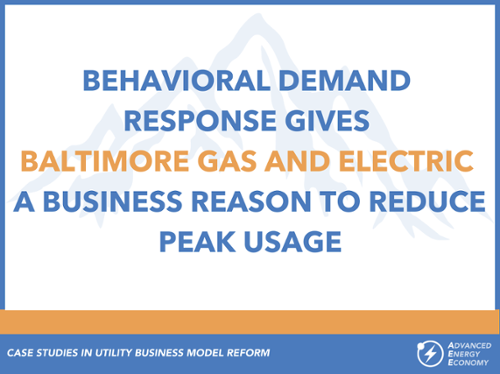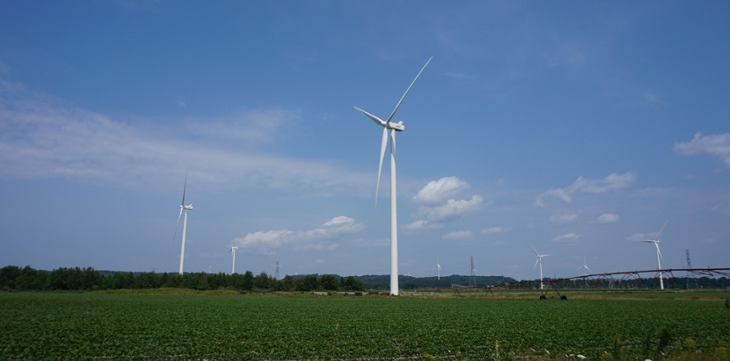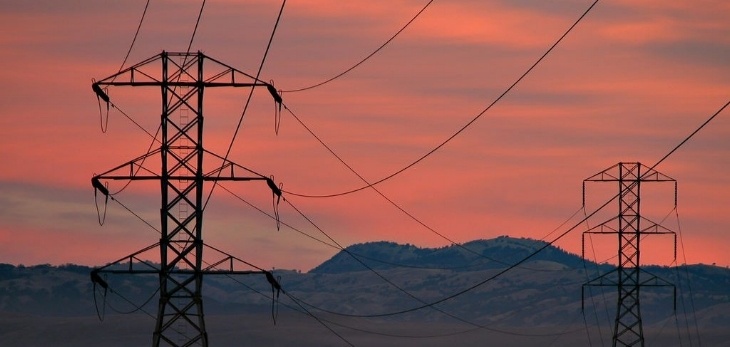
This is the second in a six-part series on utility business model reform provided by Rocky Mountain Institute, America's Power Plan, and Advanced Energy Economy Institute, originally published by Utility Dive.
At most times of the year, much of the electricity generating capacity in the United States stands idle. That's because the electric power system is built to handle demand at its peak — those few sweltering summer days when everyone's AC is running full blast. What utilities pay for power at those times of peak demand drives up the price we pay for electricity. In fact, approximately 10% of infrastructure investments in the United States focus on serving demand in just 1% of hours of the year. This leads to the question: are there more efficient ways to manage this demand — and make it in utilities' business interest to implement them?



